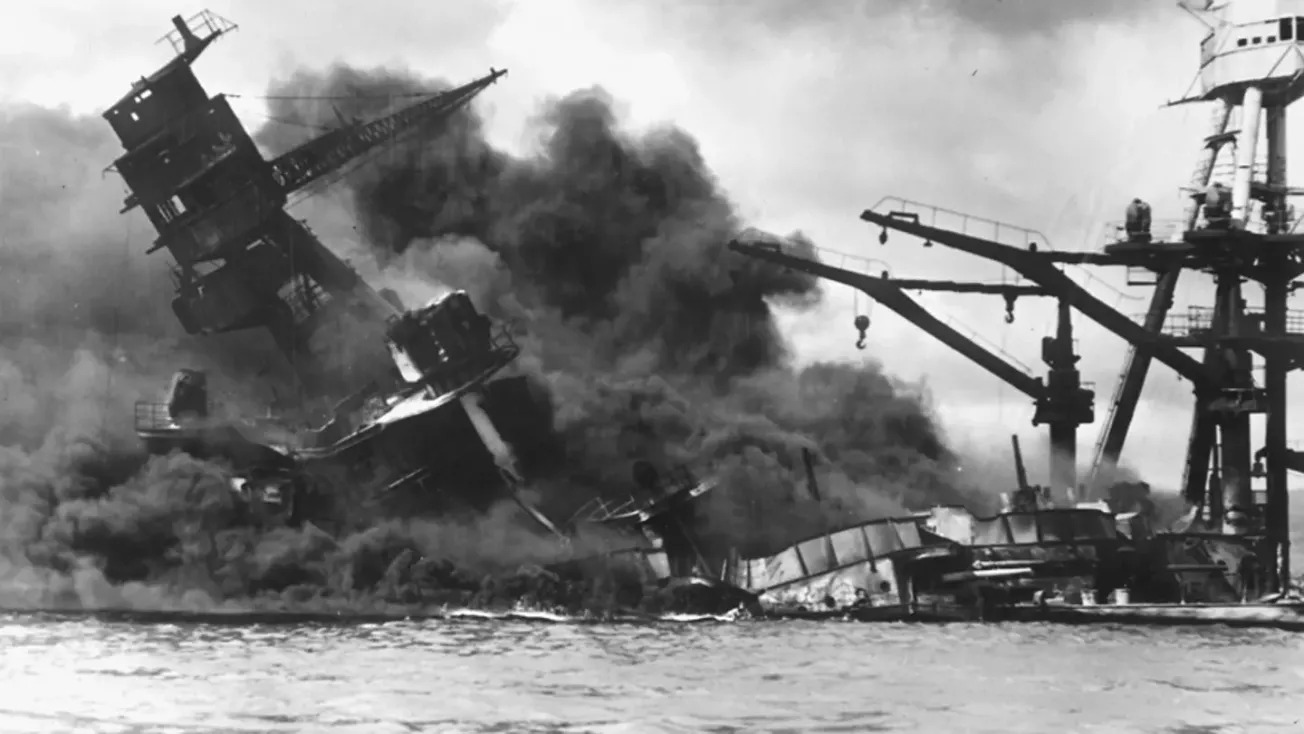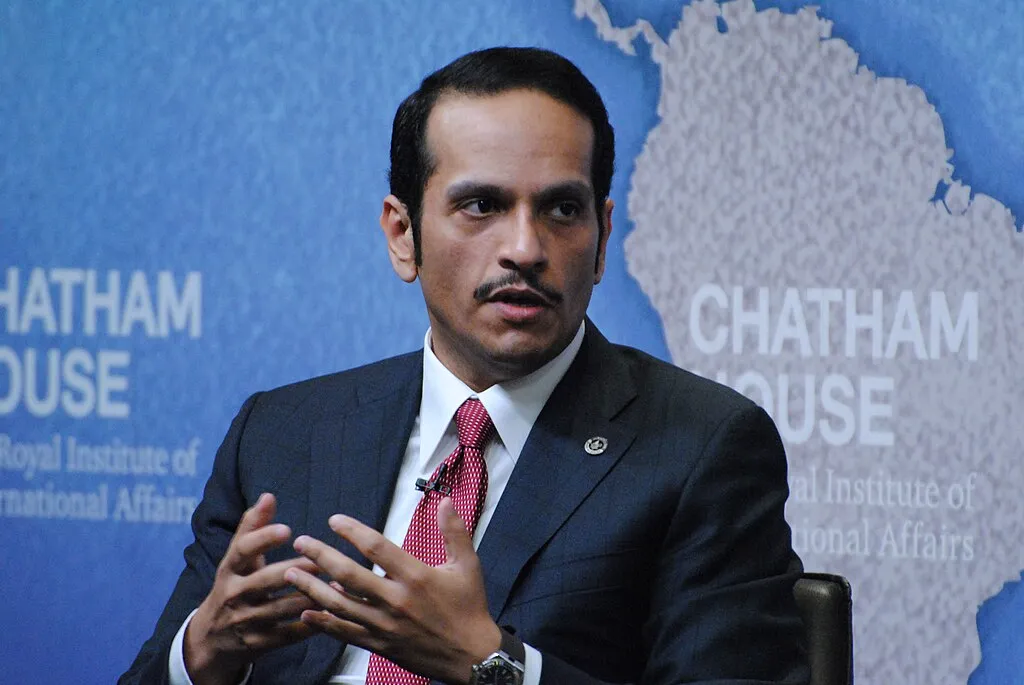In a frontpage article, headlined, “Deep Consequences of the NATO Summit,” Neue Zürcher Zeitung runs a profile of what the NATO summit implies, particularly for Germany, which is the biggest European democracy and one of the biggest economies in the world. There are four consequences: a lot of money for defense; more and more, the German army is becoming stationed in the East of Europe; being logistic hub of NATO, Germany will again (as in the Cold War) be the stationing area for alliance troop build ups; Ukraine will continue to receive weapons from Germany.
With the exception of the AfD, none of the political parties calls a future Ukrainian NATO membership into question, however the Christian Democrats want more and more modern weapons to be delivered and charge the SPD-led government with stalling—unlike the French government. Bundestag member Roderich Kiesewetter, CDU’s extreme war hawk, is disappointed by the NATO Summit, which he insists should have insisted on a pullback of Russian nuclear weapons from the Kaliningrad exclave and the pullout of Russian troops from Transnistria and Georgia.
How Germany is going to finance all its stated defense commitments, is uncertain, NZZ notes: that would require an increase of the defense budget by one-third, up to €75-80 billion per fiscal year, implying cuts in social budgets and increased taxes—but the government does not mention that in public. (However, Bundestag Foreign Policy Committee chairman Michael Roth, SPD, has said exactly that, declaring it as ostensibly genuine Social Democratic policy—"genuine,” yes, the SPD policy of the war loans in 1914, that is—ed.)
There is, furthermore, the NATO restructuring plan of Supreme Allied Commander Christopher Cavoli: The creation of up to 12 army corps with two to three divisions with 20,000 soldiers each. That resumes the policy from the Cold War, unlike the past three decades, which had only staff with several hundred soldiers for each army corps. All these expended troop contingents will be structured into three commands: 1) the Norfolk HQ, including the U.S., U.K., Norway; 2) Europe north of the Alps, with its HQ in Brunssum; 3) Europe south of the Alps, with its HQ in Naples.
Germany will have to contribute one heavy most modern division, “Division 2025,” by the end of 2024—with battle tanks, APCs, and artillery; and a second such division to be ready by 2027.




